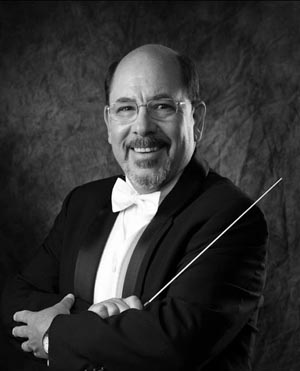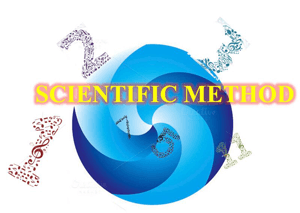This week, I chat with Ted Vives, who wrote the score and book to a musical entitled Scientific Method. The show is unproduced, but did recently receive an honorable mention by the American Prize for Excellence in the Arts. We chat about the genesis of the musical, its plot and structure and hear a few songs from the show. For information about Scientific Method and to hear more songs from the score, go to scientificmethod.godaddysites.com.
 TED VIVES
TED VIVES
Ted Vives, (b. 1964) Originally from Auburn, Alabama, began music studies on piano at the age of 4. His interests changed to trombone performance and composition upon entering the public school system. He holds bachelor’s degrees in both Composition and Music Education from Florida State University where he studied composition with John Boda and Charles Carter. He also holds a Masters of Music in Composition and Music Theory and a Ph.D. in Music Education from the University of Florida, where he studied composition with Budd Udell and John D. White. In 2003 and 2010, he was selected as the Commissioned Composer for the Professional Music Teachers of New Mexico. He was awarded the 2011 American Prize in Composition – Choral Division, and the 2019 Santa Fe Community Orchestra Composition Competition for his work, Suite l’Montgolfière. He resides in White Rock, NM with his wife Paula, son Alex, and daughter Abby.
https://www.linkedin.com/in/ted-vives-704a6713
SCIENTIFIC METHOD
 Awarded Honorable Mention: 2024 American Prize for Excellence in the Arts (Opera/Drama)
Awarded Honorable Mention: 2024 American Prize for Excellence in the Arts (Opera/Drama)
SUMMARY:
“Claire Jennings is a physics professor at Farragut College. Despite being liked by her students, she is not as happy as she would like to be in her current situation. She faces gender-bias and resistance from colleagues and does not feel that she is respected as a scientist. She is also somewhat lonely and would like to find a partner who both understands and respects her.
Claire has collaborated with her colleague John Hood on a device to measure quantum anomalies. Unexpectedly, the device begins to function on its own, sending her back in time where she observes the similar struggles of scientists from underrepresented populations. One of these experimental runs goes very wrong when it actually transports Johannes Kepler to the present. All this causes her to run afoul of her department head and puts her job and career (and the entire time line of science) in jeopardy. Will she figure out how to get Kepler back to his own time and save both herself and her career?”



